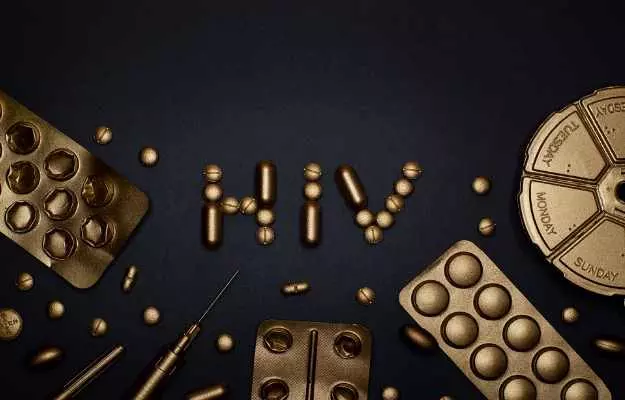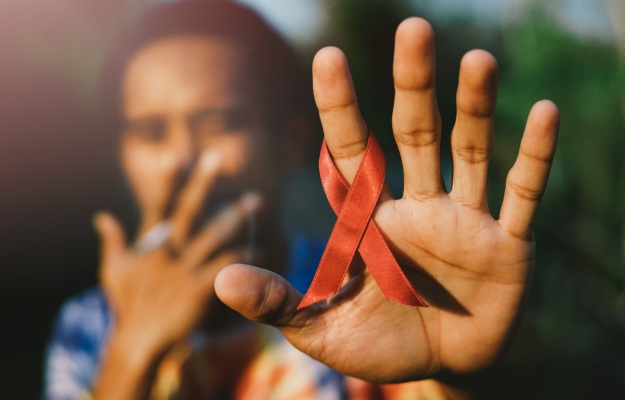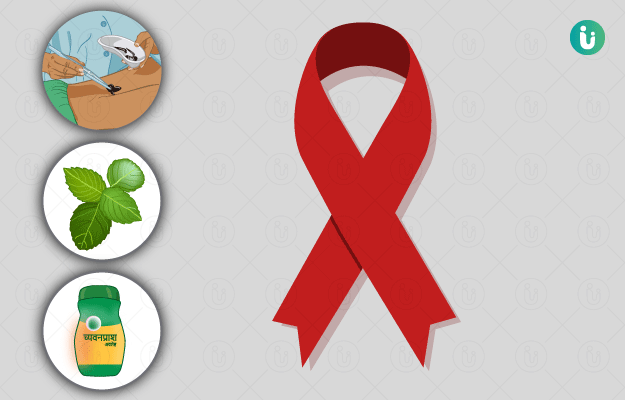Nature may have found a functional cure for human immunodeficiency virus 1 or HIV 1 infection decades ago, and now scientists at the Ragon Institute of MGH, MIT and Harvard, US, can see it using a new (and much improved) gene sequencing technique.
If these scientists can replicate this cure, it could mean the end of the HIV pandemic as we know it. It would end lifelong dependence on antiretroviral therapy (ART), and drastically improve health outcomes for patients.
But first, the details.
The Radon study comprised 64 people with HIV1 infection who got better without medical intervention as their bodies were able to limit the retrovirus in such a way that it could no longer cause disease.
Here’s how the scientists explain it: HIV is a retrovirus. It inserts itself into human genes all over the body. Wherever the entire viral genetic material gets inserted, the virus can multiply. Current HIV medicines stop this multiplication from happening, but they can’t remove the virus or block it permanently.
The result: people who are on ART for HIV/AIDS need to take these medicines for life. The moment they stop taking the medicines, the virus can start growing again and the person can become very sick, very quickly.
In these 64 people in the study, however, the story is quite different. Some of these people have been HIV-positive for nearly 30 years without getting sick. Researchers call these 64 (and several others like them) elite controllers.
Here’s why: when an elite controller gets the HIV infection, the virus goes and attaches to the genes—just like it does with everyone else. However, what happens next is unique to elite controllers: their body is somehow able to move the virus from those parts of human genes that express themselves to parts that stay mute (gene deserts, as the researchers call these sections).
Eleven of the 64 people in the study proved to be exceptional controllers, as they were able to limit the virus to parts of the human genome that are “so dense and remote that the cell’s machinery cannot replicate" the virus.
The scientists suspect that T-cell mediated immune response could be the reason elite controllers can keep HIV infection in check without medication—this is because the elite controllers didn’t have antibodies to the virus, but the immune system seemed to have a memory of fighting the infection.
Writing in the peer-reviewed journal Nature, the research scientists said that fewer than 0.5% of people with replication-competent viral reservoir (virus capable of spreading and causing reinfection) are able to keep the virus down to undetectable levels in their blood (extremely low plasma viraemia). And this 0.5% of people (including the 64 participants in the study) who are exposed to HIV1 but can fight it may be the key to finding a cure for HIV1.
HIV1 is one of two types of HIV; it is responsible for most of the 35 million-plus HIV infections around the world. Currently, lifelong antiretroviral therapy is the mainstay of HIV treatment. That said, ART has some downsides: it can be difficult to access for people in some parts of the world, it can be out of budget for some people and it has some long-term side-effects like organ damage. Additionally, ART does not cure HIV—it manages the infection by not allowing the virus to make copies of itself and spread in the body.
To be sure, people on ART should not discontinue their medication. Indeed, the study showed that starting ART immediately after being infected may trigger this functional cure in about 10% of people.
That said, if the scientists can work out exactly how elite controllers move the virus to gene deserts, ART may become obsolete and the fear and stigma around HIV, a thing of the past.














